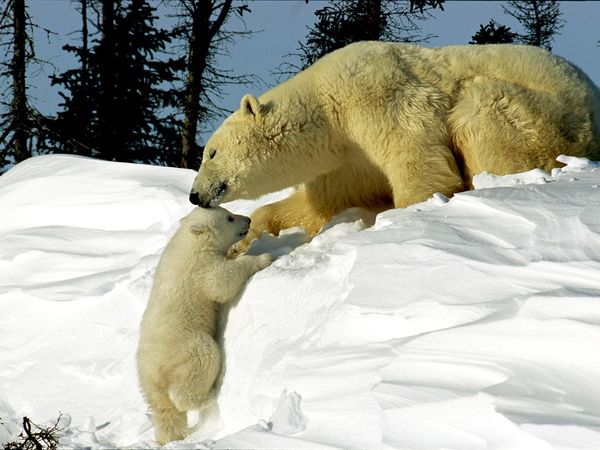
On October 13, 2000, a small team of paleontologists led by Paul Sereno of the University of Chicago clambered out of three battered Land Rovers, filled their water bottles, and scattered on foot across the toffee-colored sands of the Ténéré desert in northern Niger. The Ténéré, on the southern flank of the Sahara, easily ranks among the most desolate landscapes on Earth. The Tuareg, turbaned nomads who for centuries have ruled this barren realm, refer to it as a "desert within a desert"—a California-size ocean of sand and rock, where a single massive dune might stretch a hundred miles, and the combination of 120-degree heat and inexorable winds can wick the water from a human body in less than a day. The harsh conditions, combined with intermittent conflict between the Tuareg and the Niger government, have kept the region largely unexplored.
Sereno, a National Geographic Society explorer-in-residence and one of the world's most prolific dinosaur hunters, had led his first expedition into the Ténéré five years earlier, after negotiating agreements with both the leader of a Tuareg rebel force and the Niger Ministry of Defense, allowing him safe passage to explore its fossil-rich deposits. That initial foray was followed by others, and each time his team emerged from the desert with the remains of exotic species, including Nigersaurus, a 500-toothed plant-eating dinosaur, and Sarcosuchus, an extinct crocodilian the size of a city bus. The 2000 expedition, however, was his most ambitious—three months scouring a 300-mile arc of the Ténéré, ending near Agadez, a medieval caravan town on the western lip of the desert. Already, his team members had excavated 20 tons of dinosaur bones and other prehistoric animals. But six weeks of hard labor in this brutal environment had worn them down. Most had mild cases of dysentery; several had lost so much weight they had to hitch up their trousers as they trudged over the soft sand; and everyone's nerves had been on edge since an encounter with armed bandits.
Mike Hettwer, a photographer accompanying the team, headed off by himself toward a trio of small dunes. He crested the first slope and stared in amazement. The dunes were spilling over with bones. He took a few shots with his digital camera and hurried back to the Land Rovers.
"I found some bones," Hettwer said, when the team had regrouped. "But they're not dinosaurs. They're human."
From;



















































